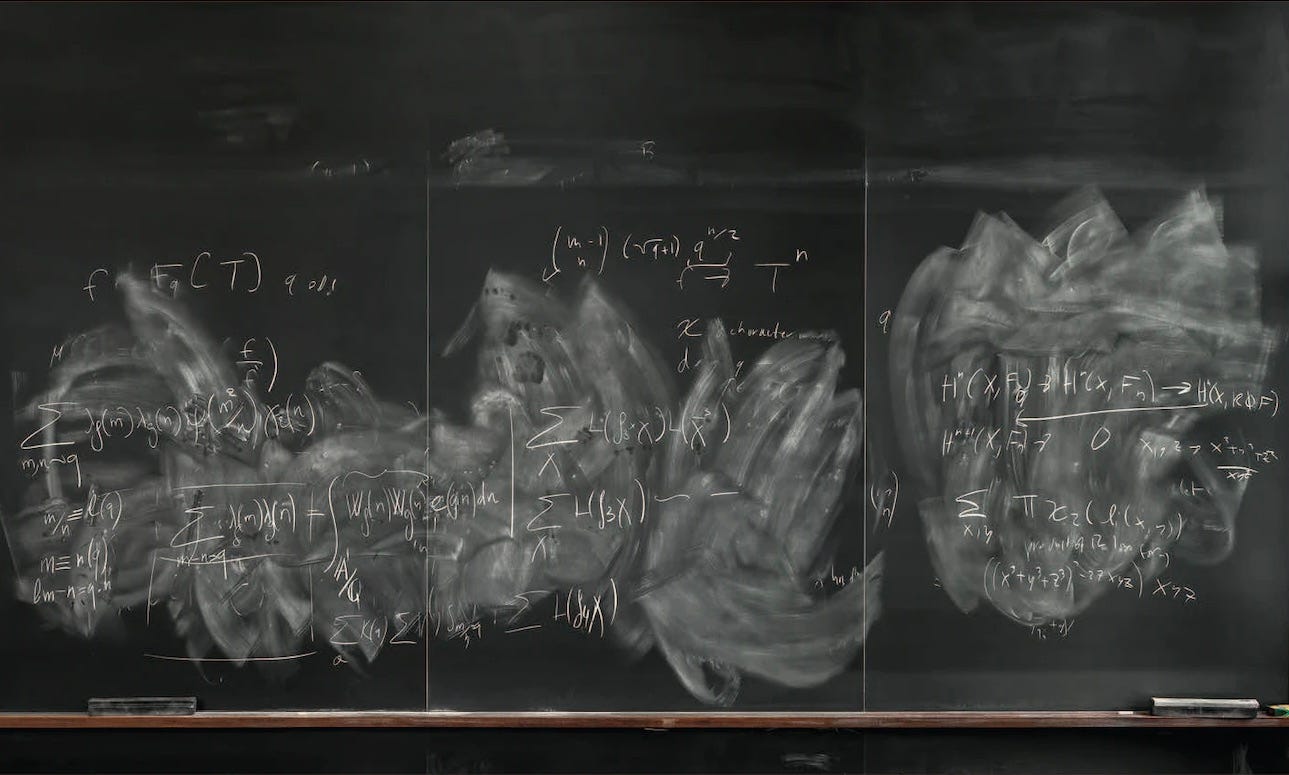Education: Equipment for: Blackboards (Chalkboards)
Where Do You Stop? Chapter 6:
The blackboards of the old school were absent from the Purlieu Street School. In their place were devices much like them—extensive flat things mounted on the walls, meant for writing—but these were green. What were we supposed to call them? Greenboards? Green blackboards? Why had this change come about? The official explanation was that yellow chalk on a green board would be easier on our eyes. To Raskol, that seemed unlikely. “They’re trying to confuse us,” he said, and he sighed and shook his head slowly, . . .
Jessica Wynne, Do Not Erase: Mathematicians and their Chalkboards, “Introduction”:
The chalkboard is one of the oldest and most important analog tools for learning. At first, students used small. individual pieces of slate and would sit at their desks working on their boards. But their teachers had no way to share and demonstrate their work with an entire class. Although there is some dispute about the date, many believe that the first large chalkboard was installed in a classroom in 1801. Eventually it evolved into what we know now: a large object, typically with a black or green surface, hanging on a wall. No longer made of slate, most boards are made out of porcelain-enameled steel.
Despite technological advances such as the creation of computers), chalk on a board is still how most mathematicians choose to work. As musicians fall in love with their instruments, mathematicians fall in love with their boards—the shape. the texture. the quality of the special Japanese Hagoromo chalk. The boards are their homes, their labs, their private thinking spaces.
When mathematicians start writing on an empty board, they often have no idea where their calculations will go. The board leads them there, like a blank page for a writer, or an empty frame for a photographer.
Working on a chalkboard is a physical, time-based act. It lets the narrative of solving a problem unfold in real time, slowing thought down and allowing the information to be more easily absorbed. The speed of thought. observation, and quiet contemplation doesn’t always match the accelerated velocity of digital technology—faster isn’t necessarily better when you’re creating and discovering.
See also:
Education: Early Childhood, Benefits of TG 103; Childhood Education: Unintended Consequences of TG 112; Education: Continuing: Learning a Foreign Language TG 396
Have you missed an episode or two or several?
You can begin reading at the beginning or you can catch up by visiting the archive or consulting the index to the Topical Guide. The Substack serialization of Little Follies begins here; Herb ’n’ Lorna begins here; Reservations Recommended begins here; Where Do You Stop? begins here.
You can listen to the episodes on the Personal History podcast. Begin at the beginning or scroll through the episodes to find what you’ve missed. The Substack podcast reading of Little Follies begins here; Herb ’n’ Lorna begins here; Reservations Recommended begins here; Where Do You Stop? begins here.
You can listen to “My Mother Takes a Tumble” and “Do Clams Bite?” complete and uninterrupted as audiobooks through YouTube.
You can ensure that you never miss a future issue by getting a free subscription. (You can help support the work by choosing a paid subscription instead.)
At Apple Books you can download free eBooks of Little Follies, Herb ’n’ Lorna, and Reservations Recommended.
You’ll find overviews of the entire work in An Introduction to The Personal History, Adventures, Experiences & Observations of Peter Leroy (a pdf document) and at Encyclopedia.com.



